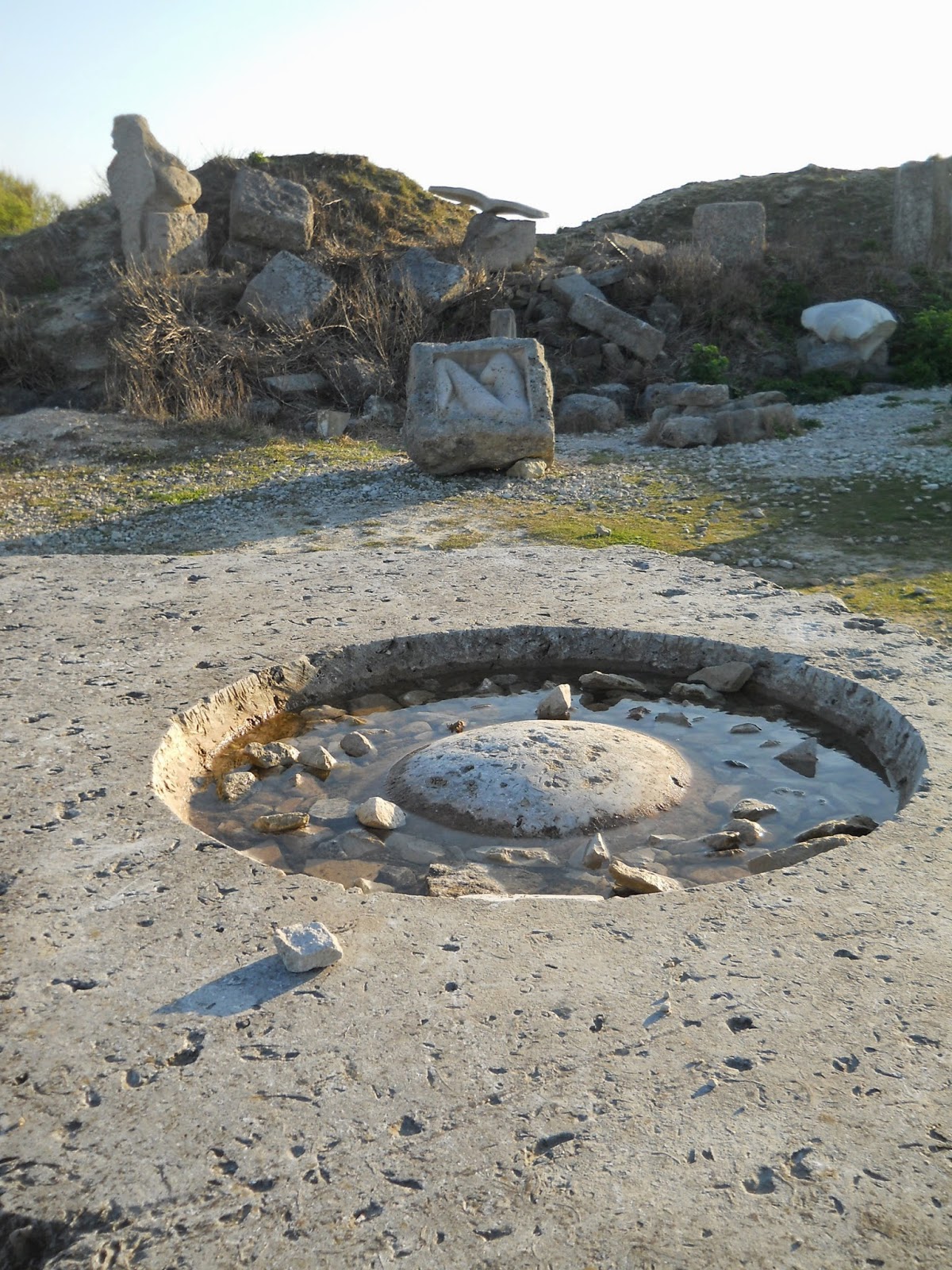Tout quarry is situated on the Isle of Portland in Dorset. Portland limestone is a very well-known building material and has been used in the construction of many iconic structures, including St Paul's Cathedral, the Tower of London and the British Museum in London and the UN building in New York.
Since 1983, the year after quarrying at Tout ended, stone carvers have made carvings there and many of them can be seen by visitors. The quarry is accessible for free at any time, so some of the early works have been vandalised or damaged, but there are over 70 that can be found by looking carefully around the network of quarry paths.
The quarry is now officially closed to new carvings being added to the rocks and is a nature reserve. Stone carving lessons are taught in a corner that has been set aside for tuition. We were lucky to visit on a beautiful sunny spring day and got some nice photos of some of the work at Tout. If you would like to visit the site, be aware that you will need some stout footwear as the ground is pretty uneven and also watch out for steep drops and falling rocks.
I wish that it was possible to tell you who did every piece, but by the time we passed the information board above I was pretty lost myself!
This is probably the most famous sculpture at Tout. It was carved by the well-known sculptor Antony Gormley and is called 'Still Falling'.
'Drinking Bowl' was carved by Jonathan Sells
'Fallen Fossil' by Stephen Marsden is one of my favourite sculptures at Tout...
...as are 'Ascent' by Joe Hamilton...
...and 'Window' by Justin Nicol, which really comes alive when the evening sun hits it.
Here are a few others that are hidden about the quarry. Many have been carved in secret, so the noticeboards won't tell you who made them.
A group of Dutch carvers called Groupe 85 come over every year and have special permission to work on some large sculptures in one corner of the quarry.
This large sculpture of an octopus or kraken had traces of the crayon used to mark out the design still on it, so has been worked on fairly recently.
I hope that you have enjoyed this post, showing just a few of the many sculptures to be found whilst searching around Tout quarry.

































